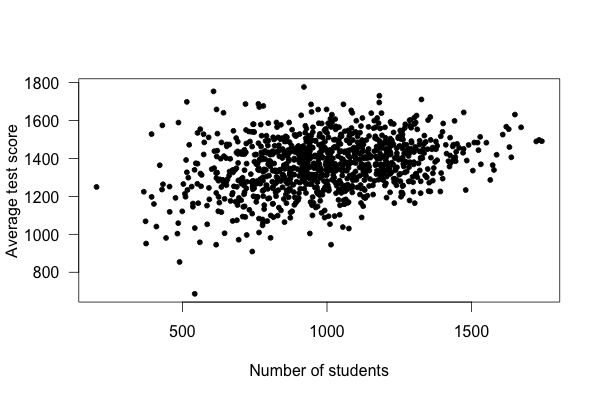6.3: Little Extremes
- Page ID
- 27631
\( \newcommand{\vecs}[1]{\overset { \scriptstyle \rightharpoonup} {\mathbf{#1}} } \)
\( \newcommand{\vecd}[1]{\overset{-\!-\!\rightharpoonup}{\vphantom{a}\smash {#1}}} \)
\( \newcommand{\id}{\mathrm{id}}\) \( \newcommand{\Span}{\mathrm{span}}\)
( \newcommand{\kernel}{\mathrm{null}\,}\) \( \newcommand{\range}{\mathrm{range}\,}\)
\( \newcommand{\RealPart}{\mathrm{Re}}\) \( \newcommand{\ImaginaryPart}{\mathrm{Im}}\)
\( \newcommand{\Argument}{\mathrm{Arg}}\) \( \newcommand{\norm}[1]{\| #1 \|}\)
\( \newcommand{\inner}[2]{\langle #1, #2 \rangle}\)
\( \newcommand{\Span}{\mathrm{span}}\)
\( \newcommand{\id}{\mathrm{id}}\)
\( \newcommand{\Span}{\mathrm{span}}\)
\( \newcommand{\kernel}{\mathrm{null}\,}\)
\( \newcommand{\range}{\mathrm{range}\,}\)
\( \newcommand{\RealPart}{\mathrm{Re}}\)
\( \newcommand{\ImaginaryPart}{\mathrm{Im}}\)
\( \newcommand{\Argument}{\mathrm{Arg}}\)
\( \newcommand{\norm}[1]{\| #1 \|}\)
\( \newcommand{\inner}[2]{\langle #1, #2 \rangle}\)
\( \newcommand{\Span}{\mathrm{span}}\) \( \newcommand{\AA}{\unicode[.8,0]{x212B}}\)
\( \newcommand{\vectorA}[1]{\vec{#1}} % arrow\)
\( \newcommand{\vectorAt}[1]{\vec{\text{#1}}} % arrow\)
\( \newcommand{\vectorB}[1]{\overset { \scriptstyle \rightharpoonup} {\mathbf{#1}} } \)
\( \newcommand{\vectorC}[1]{\textbf{#1}} \)
\( \newcommand{\vectorD}[1]{\overrightarrow{#1}} \)
\( \newcommand{\vectorDt}[1]{\overrightarrow{\text{#1}}} \)
\( \newcommand{\vectE}[1]{\overset{-\!-\!\rightharpoonup}{\vphantom{a}\smash{\mathbf {#1}}}} \)
\( \newcommand{\vecs}[1]{\overset { \scriptstyle \rightharpoonup} {\mathbf{#1}} } \)
\( \newcommand{\vecd}[1]{\overset{-\!-\!\rightharpoonup}{\vphantom{a}\smash {#1}}} \)
Suppose you’re in charge of public school reform. As part of your research into the best teaching methods, you look at the effect of school size on standardized test scores. Do smaller schools perform better than larger schools? Should you try to build many small schools or a few large schools?
To answer this question, you compile a list of the highest-performing schools you have. The average school has about \(1,000\) students, but the top-scoring five or ten schools are almost all smaller than that. It seems that small schools do the best, perhaps because of their personal atmosphere where teachers can get to know students and help them individually.
Then you take a look at the worst-performing schools, expecting them to be large urban schools with thousands of students and overworked teachers. Surprise! They’re all small schools too.
What’s going on? Well, take a look at a plot of test scores vs. school size:

Smaller schools have more widely varying average test scores, entirely because they have fewer students. With fewer students, there are fewer data points to establish the “true” performance of the teachers, and so the average scores vary widely. As schools get larger, test scores vary less, and in fact increase on average.
This example used simulated data, but it’s based on real (and surprising) observations of Pennsylvania public schools.59
Another example: In the United States, counties with the lowest rates of kidney cancer tend to be Midwestern, Southern and Western rural counties. How could this be? You can think of many explanations: rural people get more exercise, inhale less polluted air, and perhaps lead less stressful lives. Perhaps these factors lower their cancer rates.
On the other hand, counties with the highest rates of kidney cancer tend to be Midwestern, Southern and Western rural counties.
The problem, of course, is that rural counties have the smallest populations. A single kidney cancer patient in a county with ten residents gives that county the highest kidney cancer rate in the nation. Small counties hence have vastly more variable kidney cancer rates, simply because they have so few residents.21


